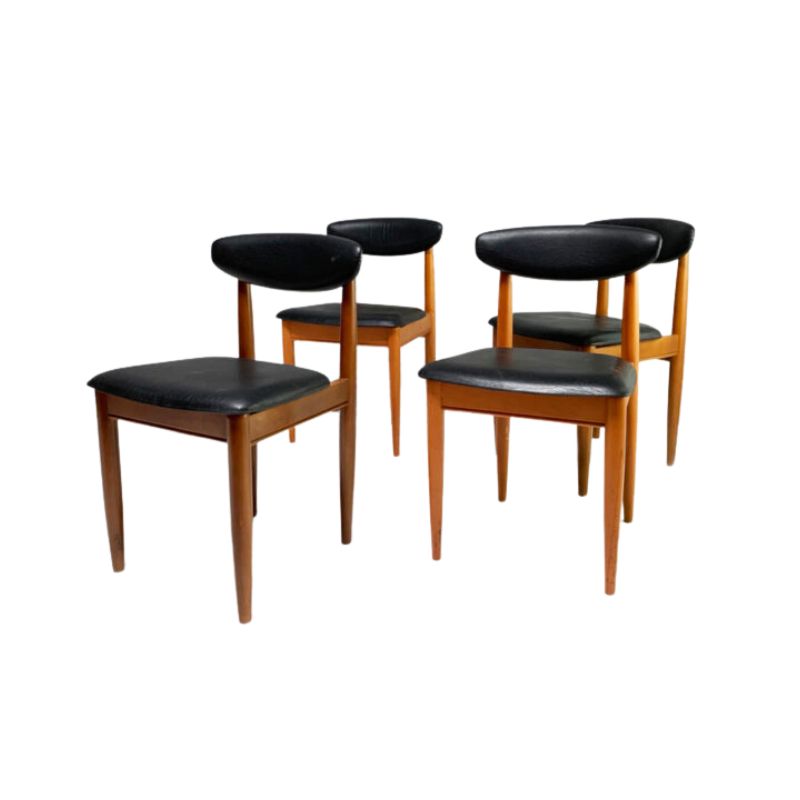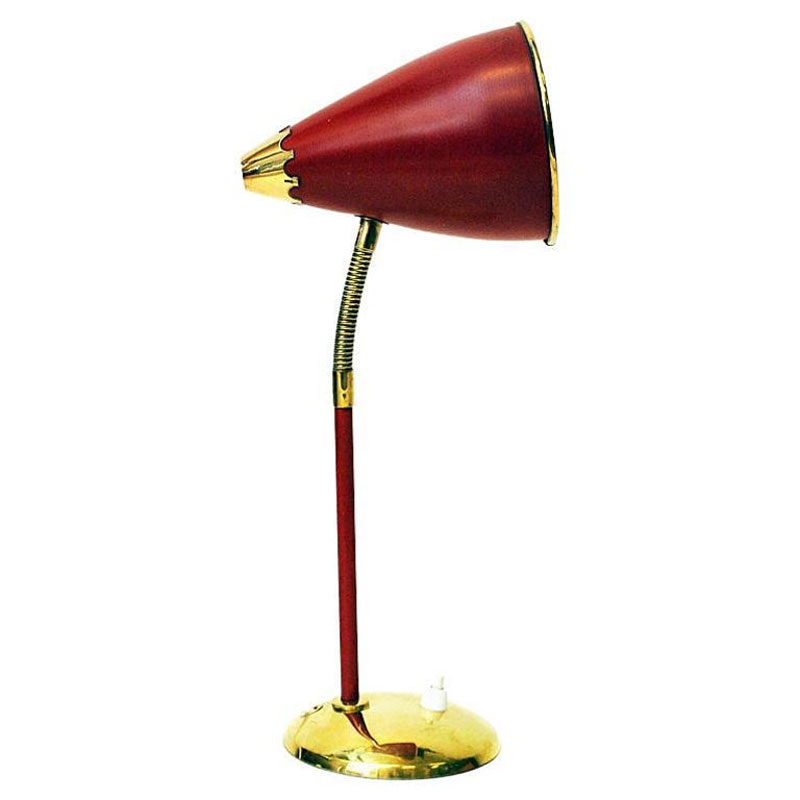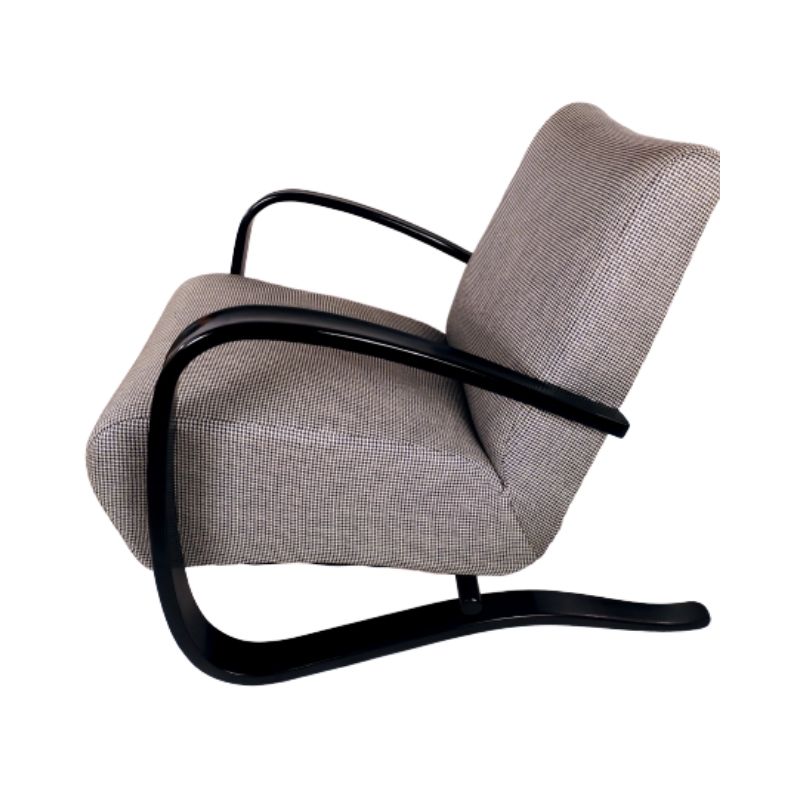We acquired a pair of these patio chairs years ago for very little. One of them has been in really bad condition that has only gotten worse. (The other is much better.) There is only one place in the city that does recaning, and when I described the chair to them, they just said, "Throw it in the trash. It's not worth what you would have to pay." However, we've been reluctant to throw them out, and one is still "sittable." Does anyone have any thoughts on repairing them and if its 1) doable and 2) worth it.
http://s1200.photobucket.com/albums/bb335/ktlt7169/Cane%20chair/
Are you the crafty type?
If so, why not learn how to re-cane them, then do it yourself? The chairs will be refurbished, and you'll learn a new skill.
(If you dare embark on this challenge, remember to take some good, detailed reference photos of the remaining cane before stripping off the old!)
What one man can do, another can do.
http://www.youtube.com/watch?v=FzR-0e5l2IQ
Not worth it.
Unfortunately, these chairs are nothing special in terms of design pedigree, not that that necessarily matters. However, they are not rare and can be seen in thrift shops quite regularly. I saw one today as a matter of fact, for 5 bucks. I would think that it would be a) time consuming and b) more $ than the chair is worth. Just my two cents.
True, these chairs aren't rare and they usually sell for peanuts
but, perhaps the reason they sell for peanuts is because the cane is always broken, brittle, and not-long-for-this-world.
What's it worth to YOU to have two usable chairs, that you obviously like? Only you can answer that-- whether it's a $500-600(?) re-caning bill, or the 40-odd hours hard labor of a DIY project.
The argument that you'd be "throwing good money after bad" is only meaningful if you're buying strictly to resell. What about the enjoyment you'd get from refurbished chairs?
I bother making the case for salvaging them both because A) I like these chairs, and B) I tire of the single-minded attention paid to resale-value-- as if design-appreciation boils down to investing only in things guaranteed to "appreciate".
I'm sure it's do-able. It mi...
I'm sure it's do-able. It might be frustrating and difficult for a beginner, though. I have done a lot of seat weaving and I have had reservations about doing that style of chair.
I had two of those in pretty good condition with only a few broken strands. I had no use for them so I sold them on Ebay. I started them at $5, which is my usual tactic to get people excited and entice them to bid. Except that time it bombed. They sold for the opening bid and then I had to pack them up and ship them 3,000 miles. What a PAIN. I was so pissed!
Later I got a small child's version woven in plastic cane that needed redoing. I finally sold that one as is, too.
But I'm sure it can be done. Just don't go into it thinking it's gonna be a piece of cake.
Like most challenging DIY projects--
I'm sure one would curse themselves for ever attempting it-- from the time shortly after beginning to almost finishing. Then, when finished one would be enormously satisfied and far more appreciative of the chairs.
Whether this should be attempted depends on ones skills, temperament, patience. A man (or woman-) has gotta know their limitations.
T'is true, t'is true
what WHC et al espouse - in my 20's I lived with my grandparent's hi-fi, two wonderful easy chairs upholstered many times since the roaring twenties and a crude pine daybed I made in shop class when I was 16. In my 30's I lived in Ikea - 'nuff said. In my 40's (after much steady work) I lived in DWR and Gabriel Ross. Now that I am in my 50's, I live in a home filled with pieces I no longer covet or lie awake dreaming about but rather things I love for their beauty, form, function, story ... true some are what may be considered high end, important pieces but they are no more cherished than the funky little no-names salvaged and saved from obscurity if not the dumpster. Let me just head that one off at the pass and say yeah, I know which ones the dealers and scavies will head after at my estate sale but I also smile to think that when that time comes there will also be a few souls who come away thrilled to the gills with one of the little no-names for the same reason I was and if in the course of things I had a hand in refurbishing or restoring it, my karma yoga will be passed on. So go ahead Ktitmodern and remember if you put value into everything you do it will become invaluable.
Just make sure all the welds are clean an intact and get some of those ultra thin gardening gloves because the cane is not kind to hands 😉
The problem
with this design is that the circular frame is ill-suited to stretching fibers and fastening them -- it seems to me. Most caned seats are roughly rectangular, allowing the material to be stretched and wrapped or tied to a frame member that is at right angles to the fiber material. Here, many of the ties or wraps will take place where the frame is at a more or less steep angle to the direction of the fiber -- with nothing to prevent the material from slipping along the frame and immediately losing its tautness ?
At least -- as someone with no caning experience -- that's what I see as a challenge to resurfacing these hoop chairs . . .
If you need any help, please contact us at – info@designaddict.com









